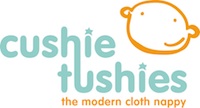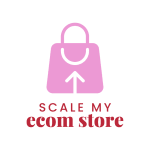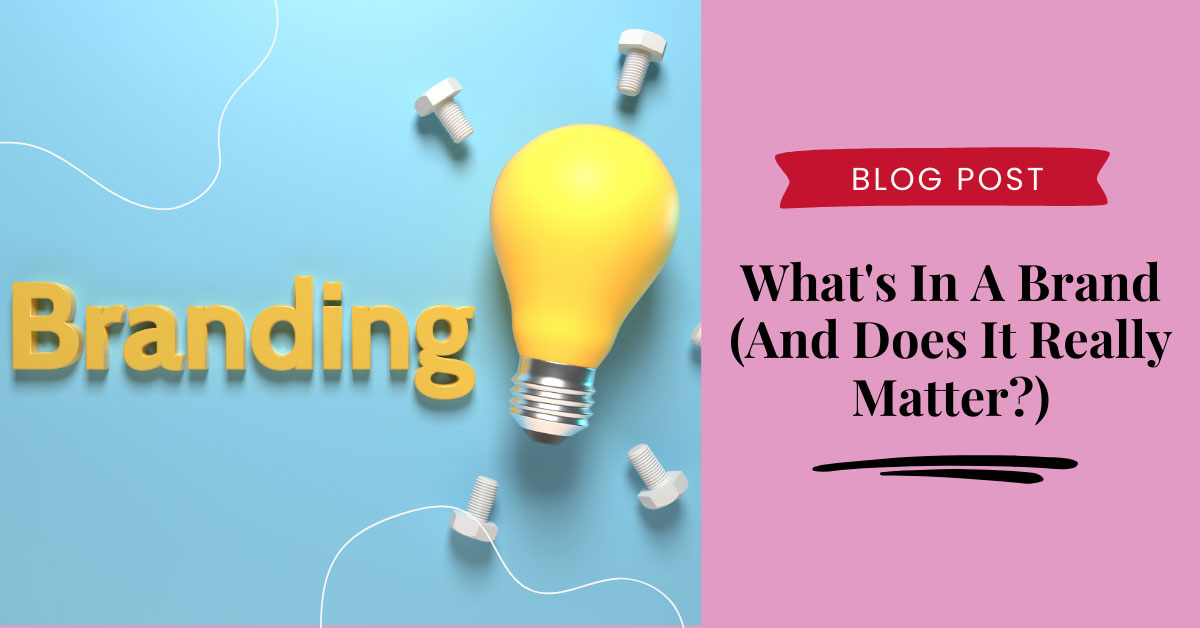Great brands have always been defined by great products. But the product alone does not equal your brand.
Over a hundred years ago, cattle farmers used branding irons to indicate which animals were theirs. As cattle moved across the country, it was easy to determine which farm they were from because each head of cattle was branded.
More recently, the term ‘brand’ was originally defined as a name given to a product or service from a specific source. For example, ‘Glad’ is a brand of ‘plastic kitchen wrap’.
For this definition, we now use the term ‘trademark’ to mean the same thing.
So in the 21st century, what does ‘brand’ mean? And does it really matter?
Read on for my take AND the 5 factors that define YOUR brand.
What is it?
Put simply, your ‘brand’ is what your customers and potential customers think of when they see or hear your brand name.
It’s everything they think they know about your offering:
- factual (eg it comes in a bright red can), and
- emotional (eg it makes me happy)
So your brand name is fixed. It is what it is and people can see it.
But your brand exists only in someone’s mind.
Does that mean your brand exists only as a figment of your customers’ imagination?
No, not at all. There’s loads you can do to influence what your audience thinks about it.
You can create a specific perception in your customers’ minds around the qualities and attributes of your products.
Those perceptions your customers have of your products can be highly influential. (By influential, I mean ‘encourages purchase’!)
Here are the 5 factors that define a brand
1. The promise
 Ultimately, a brand is a promise to your customers. What will customers get when they purchase? And by ‘get’ I don’t mean your widget, I mean the ‘end result’ they will experience. (Remember, people don’t buy a mattress, they buy a good night’s sleep!)
Ultimately, a brand is a promise to your customers. What will customers get when they purchase? And by ‘get’ I don’t mean your widget, I mean the ‘end result’ they will experience. (Remember, people don’t buy a mattress, they buy a good night’s sleep!)
An example from my last business:
When customers bought Cushie Tushies, they were buying three brand promises: products that actually work; gentle and safe on baby’s skin; and safe on the environment.
2. Perceptions
 As mentioned above, your customers’ perceptions are what defines your brand.
As mentioned above, your customers’ perceptions are what defines your brand.
An example from my last business:
Our customers thought of Cushie Tushies as modern, fun, approachable and designed for ‘regular’ mums & dads.
3. Expectations
Think about your brand promise (see above) – this sets the expectations your customers will have. When your customers buy from you, they will assume their expectations of your brand will be met.
Conversely, if your customers’ expectations are not met, then they’ll feel confused. They’ll turn away and find an alternative that does meet their expectations.
An example from my last business:
Customers of Cushie Tushies expected products that were easy to use, effective (they do the job they’re meant to), eco friendly, and to save money compared to the disposable alternative.
They also expected friendly and attentive customer service, from approachable people who also liked to have a bit of fun!
4. Persona
Rather than thinking, ‘what is my brand?’, a better question might be, ‘who is my brand?’ Every brand has a persona. So think of it as a person.
What is that person like? What can you expect when you interact with them?
 From what they look like to their personality and everything in between, your brand persona is one that customers will judge you on before they buy from you.
From what they look like to their personality and everything in between, your brand persona is one that customers will judge you on before they buy from you.
An example from my last business:
I used to have a tongue-in-cheek saying that ‘sh!t happens in Cushie Tushies’ (because it literally did – we sold nappies/diapers)! But what I meant by that is, that babies and toddlers love getting up to mischief, and that’s what we wanted to portray.
Fun, a little bit cheeky, and ‘real life’!
5. Elements
This is where most people usually start and end when it comes to their brand. Whereas it should be constructed from the above intangible elements, and is also represented by the tangible elements.
Logo, tagline, packaging, imagery, language and tone of voice. All of these elements must work together consistently to communicate your promise and in line with your persona.
An example from my last business:
At Cushie Tushies, our logo, graphic treatment and image style was consistent and recognisable across website, packaging, advertising, social media, trade shows and point-of-sale.



Need some help?
Go ahead and grab my FREE guide and worksheet to help you uncover your own Unique Selling Proposition!


